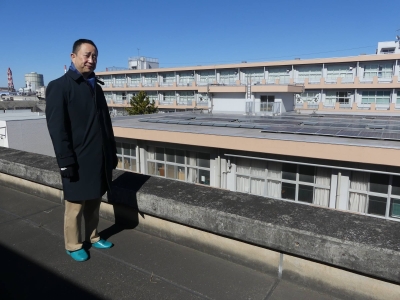Fort Knox, home to much of America’s gold reserves, doesn’t get many visitors. That may soon change: U.S. President Donald Trump and his sidekick, Elon Musk, claim there’s a chance someone has stolen the shiny stuff. They want to visit and see it with their own eyes.
It’s tempting to dismiss this demand as paranoid raving, but history suggests there are more interesting forces at play here. The last time this happened — a full-throated cry to audit the nation’s gold reserves — came at another critical moment in American monetary history, when anxiety about the future reached crisis levels.
To understand the forces at play, you have to understand gold’s relationship with the dollar. Until relatively recently, the precious metal played a significant role in the American monetary system. From 1834 to 1933, the dollar was convertible into gold at the rate of $20.67 per ounce (0.028 kilogram). During the Great Depression, President Franklin D. Roosevelt took the nation off the gold standard. Citizens had to turn over gold in exchange for paper dollars at the rate of $35 per ounce.



















With your current subscription plan you can comment on stories. However, before writing your first comment, please create a display name in the Profile section of your subscriber account page.